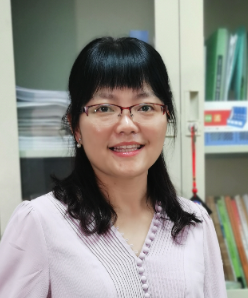Affiliation of Author(s):
建筑学院
Key Words:
中文关键字:蓄热体;建筑节能;室内热环境;多层建筑,英文关键字:thermal mass;building energy conservation ;indoor
Abstract:
从理论分析的角度探讨了三种蓄热体对室内热环境的作用机理。运用能耗模拟软件Energyplus模拟分析了多层建筑中不同部位蓄热体对建筑室内热环境的具体影响及作用规律。结果表明,由于建筑外围护结构面积较少,外部蓄热体的蓄热能力非常有限,内部蓄热体虽然不承受室外气候波动,但因其面积份额比较大,对室内环境有明显的影响。内部附加蓄热体对室内环境作用显著,室内最高温度的差值可达4℃左右,舒适时间百分比差值可达17%。本文得到的回归关系式可作为建筑被动式节能设计中室内热环境的预测工具。
Note:
This study investigated the mechanism of three different kinds of building thermal mass by the way of theoretical analysis. A numerical simulation was conducted by the energy simulation software Energyplus in a multistory building to inspect the effect of thermal mass on indoor thermal environment. It was found that the capacity of external thermal mass was limited by its small area share and internal thermal mass have significant effect on thermal environment although was not directly exposed to the outdoor environment. This was mainly because its area share was large. The indoor thermal environment was affected dramatically by the internal additional thermal mass and the difference for air temperature and percentage of comfort time when change the area of thermal mass can reach up to 4 ℃and 17%, respectively. The regression equation can be used as a pre-design tool to predict thermal environment during the process of building passive energy saving design.
